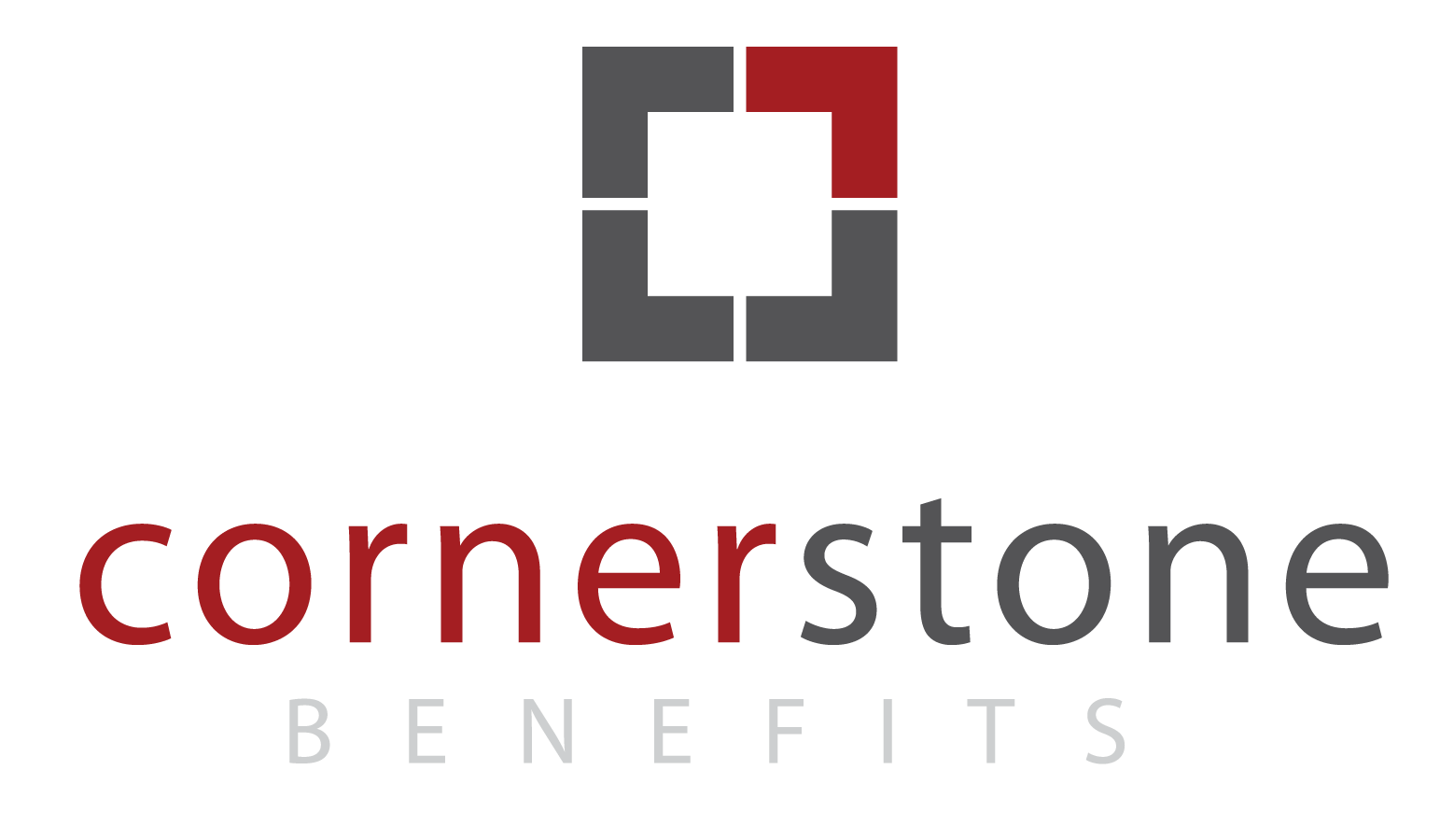Starting a Group RRSP (Registered Retirement Savings Plan) can be a valuable way to support your employees’ financial well-being and enhance your company’s benefits plan. However, creating a plan that works for everyone requires thoughtful planning.
Here are 10 key points to consider when setting up a Group RRSP in Canada.
1. Employee Eligibility
Clearly define who is eligible to participate. Will the plan include all employees or only specific groups like full-time staff? Consider setting minimum hours worked or a waiting period for new hires to become eligible.
2. Employer Contributions
Decide whether the company will contribute to employees’ plans. Employer matching can be a strong incentive, but weighing this financial commitment against your company’s budget is important.
3. Employee Classes
Different roles may call for different contribution structures. For example, executives and management might have higher matching contributions than other employees. You could also consider contributions based on years of service to reward loyalty.
4. Vesting Period
Will employees need to stay with the company for a certain period to keep employer contributions? Establishing a vesting period can help with employee retention, but immediate vesting may be a simpler approach.
5. Plan Administration and Fees
Determine who will handle the administrative side of the plan and consider the associated fees. Decide whether these costs will be covered by the company or passed on to employees, and look for a provider with competitive rates.
6. Provider Selection
Choosing the right provider is essential. Look for a provider with a solid track record, low fees, and diverse investment options, including mutual funds and index funds, to cater to different employee risk profiles. Strong customer support and educational resources are also a plus. Retirement plan providers like Common Wealth Investments have transformed the group retirement landscape in Canada, delivering enhanced service and support to plan members.
7. Investment Selection and Default Fund
Offer a variety of investment options to meet the different financial goals and risk tolerances of your employees. For those who don’t make a choice, set a default fund (such as a balanced or target-date fund) to ensure their contributions are appropriately invested.
8. Withdrawal Rules and Penalties
Unlike traditional pensions, Group RRSPs allow early withdrawals, but these can have tax implications. Make sure to set clear guidelines on withdrawal rules so employees understand any penalties and tax consequences of taking out funds early.
9. Employee Education and Communication
A good communication strategy is key to a successful plan. Educate employees on how the Group RRSP works, its benefits, and how they can maximize their savings. Better understanding leads to higher participation and greater satisfaction with the plan.
10. Compliance and Legal Requirements
Ensure the plan complies with Canadian tax laws and regulations. Familiarize yourself with how contributions are taxed and any legal requirements for retirement benefits. Consulting a financial or legal expert can help avoid penalties and ensure the plan operates smoothly.
By addressing these 10 points, you’ll be well on your way to creating a Group RRSP that meets your employees’ needs and aligns with your company’s goals. A well-designed plan can enhance employee satisfaction and help them build a secure financial future.
Questions?
Do you have questions or need more information about employee benefits?
To learn more, please complete the fields below and we will do our best to answer your questions.
Alternatively, you can text or call us at 403-343-9210.
This article is designed to provide general information regarding the subject matter covered. It is not intended to serve as legal, tax, or other financial advice related to specific situations. Always consult with professional advisors.

